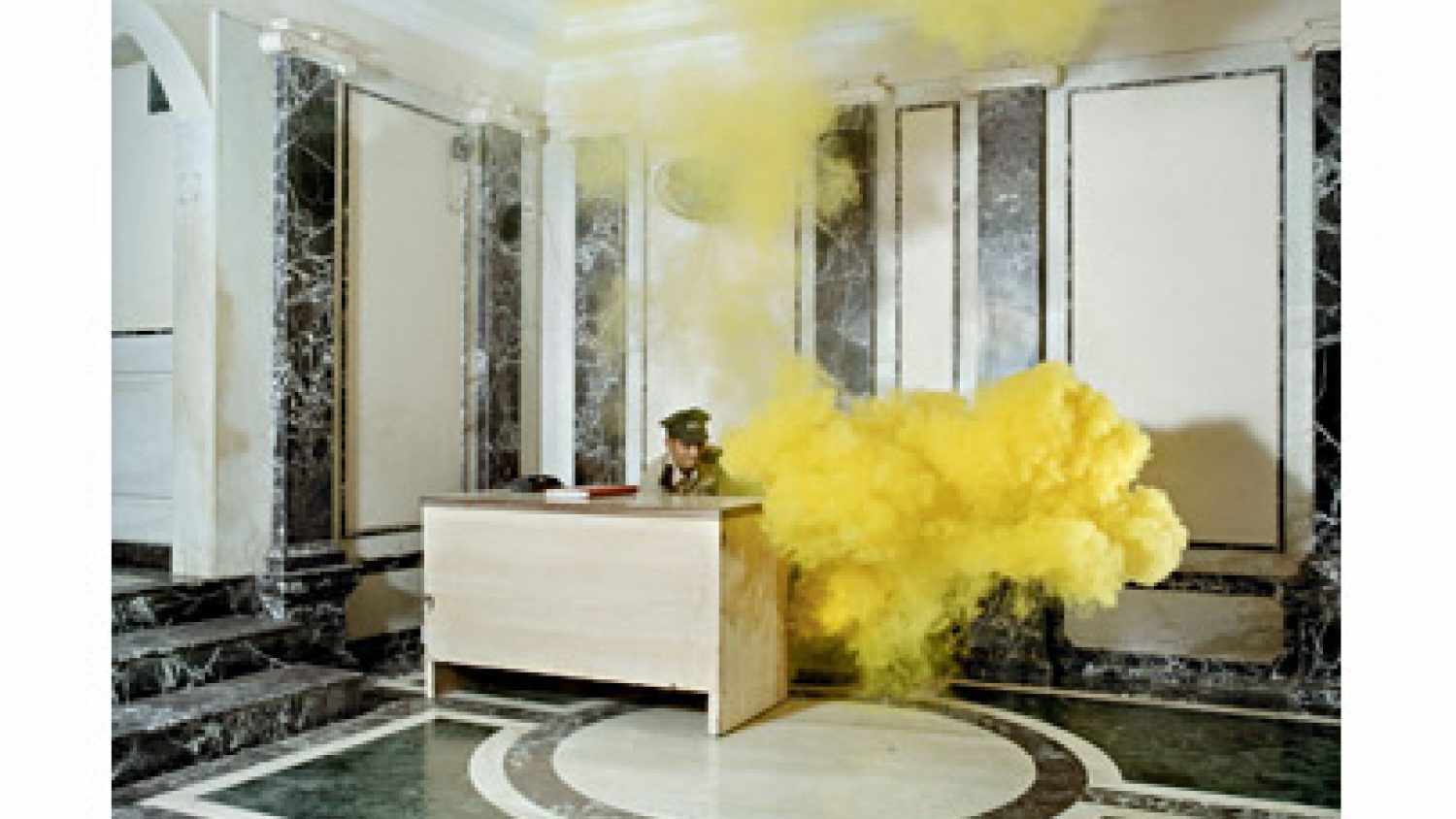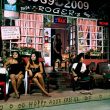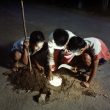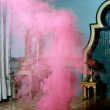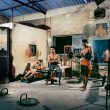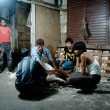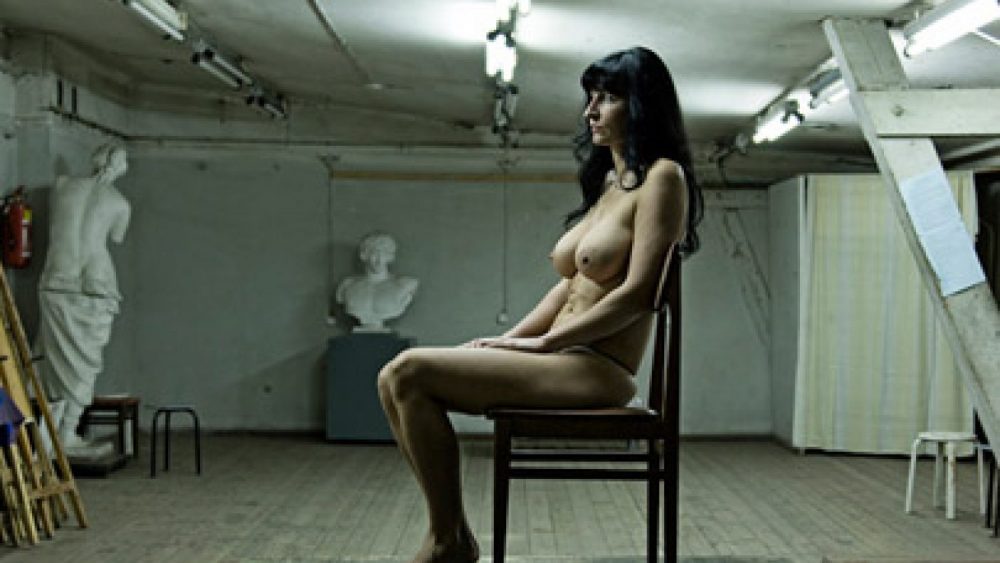Max Pinckers
Belgian photographer Max Pinckers (1988) in his latest project The Fourth Wall is interested in Indian obsession with film. Portraits, interiors and extraordinary mise-en-scenes look like from a shooting location, yet spectators can only guess where daily life in Mumbai merges with Bollywood culture. “On a theatre stage that consists of three walls – left, right and back – the fourth wall forms the imaginary screen through which the audience see the scene unfold,” explains Pinckers, who has self-published the series in a book, too. In his previous series Lotus Pinckers examined the life of transsexuals in Thailand. In the last few months the name of Pinckers has been mentioned for several times – he was one of the authors in Foam magazine’s Dummy issue, and this year he has been awarded the prestigious Photo Levallois prize in the amount of EUR 10 000. In October his works will be exhibited in France.
Can you describe what is it that interests you in photography?
Not really – it is something quite difficult to put into words, which primarily is the reason why I make pictures. What I usually look for is a relationship between a fictional element that integrates itself into reality, reflecting the characteristics of the photographic medium. I mostly work within a documentary context because of its strong hold on the indexical relationship with the world in front of the lens. By implementing constructed aspects into this structure an entirely new world opens up. I’ve recently been working more and more with found imagery within my documentaries, as they become objects of perception onto which I can project certain ideas.
Why most of your work is related to Asia?
I spent most of my childhood and teenage years growing up in Asia. When I was five, my mother moved to Bali, where we lived for several years before moving to India and Australia. At the age of twelve I began a life in Singapore with my father, where I lived for six years. I still relate very much to the Asian culture. Only now, after five years back in Belgium I’m beginning to settle into it. Perhaps my next series will take place in my hometown, Brussels.
How do you fund your projects?
Before my most recent commissioned work, all the projects were self-funded. Europalia has provided me with a budget to produce work and organise an exhibition, which is a first opportunity of this kind for me. The most recent book The Fourth Wall was completely crowd-funded, covering all production costs for the self-published book.
You have self-published quite a few books now. Tell us a bit about your experience.
Self-publishing is great if you have the patience and energy to take everything in your own hands. The main advantages are the freedom in artistic choices and the ability to bring something to the public without having to go through the official barriers of publishing. The disadvantages are large financial investments and the distribution of the book. Although now there are platforms for promoting self-published work and coming up with the money through crowd-funding, for example.
What is the project you are working on now?
The new series is once again based in India, commissioned by Europalia International Arts Festival that will be hosting europalia.india this year. Although the series follows up from The Fourth Wall, it is centred around a different subject – romance. It will be exhibited for the first time in October with a new publication sometime next year.
